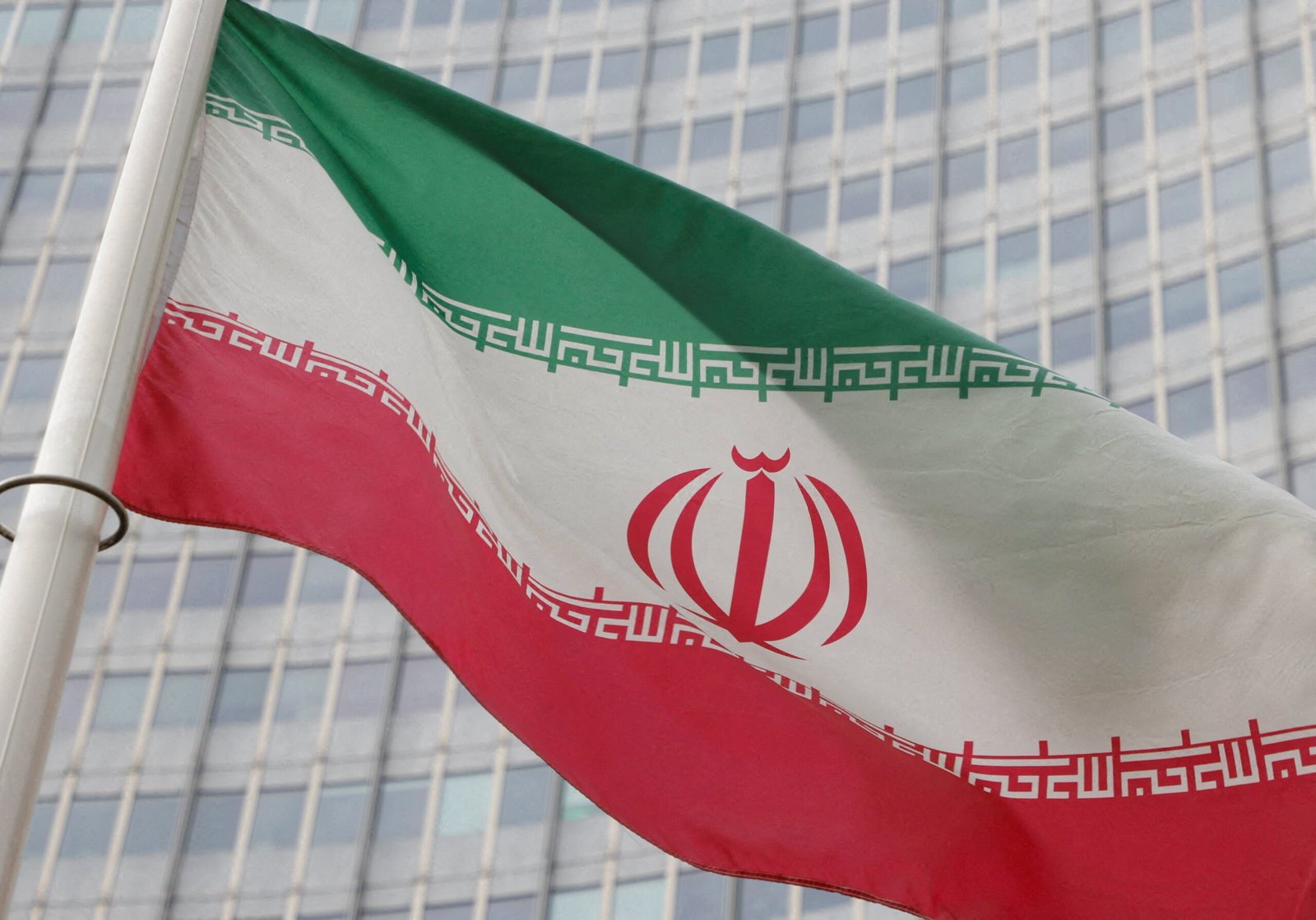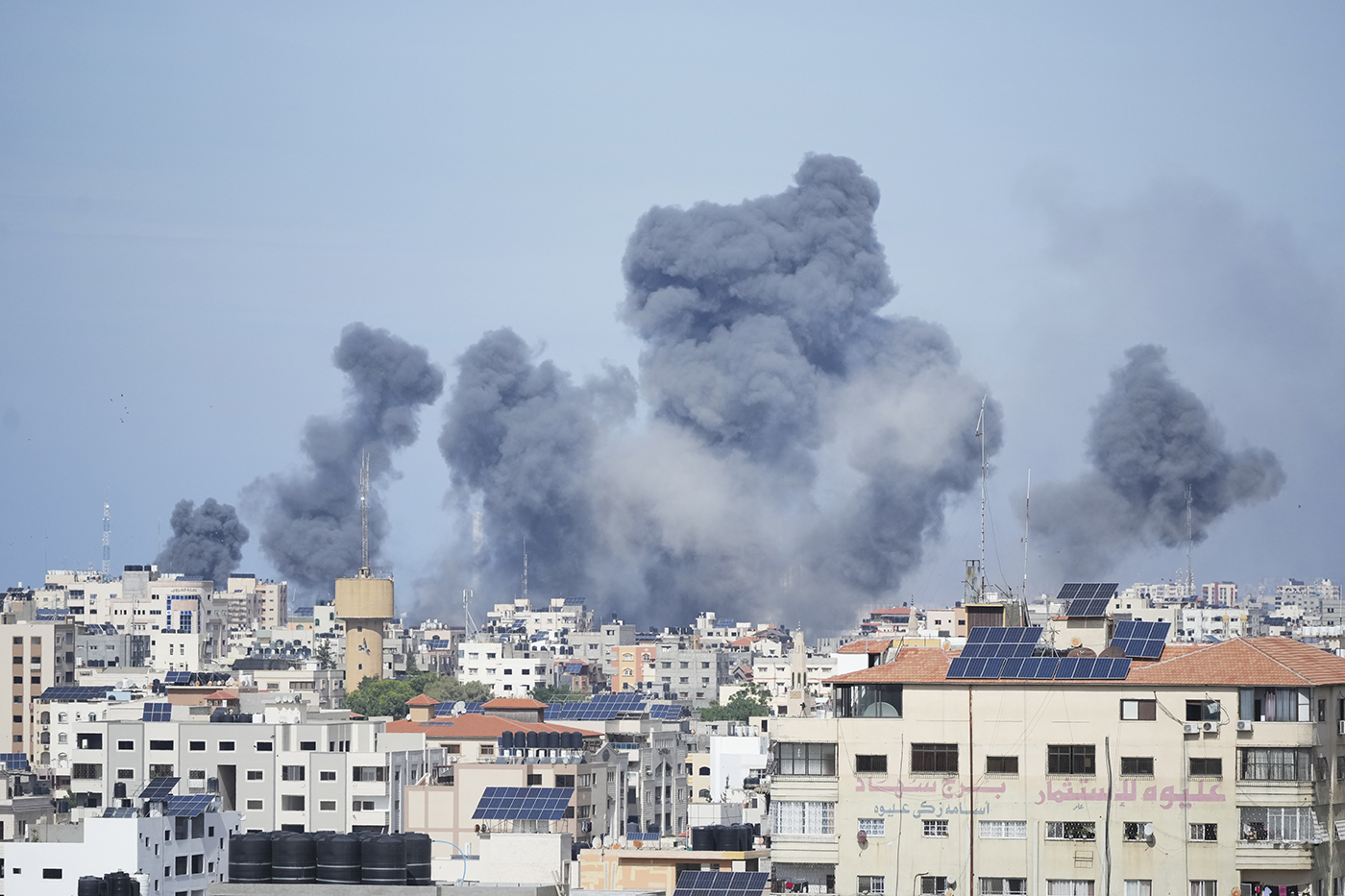Pakistan’s total installed power generation capacity has risen to 46,605 megawatts (MW) in FY25, yet consumers continue to bear the burden of hefty capacity payments — estimated between Rs12 and Rs15 per unit — for power plants that often sit idle. This burden becomes more visible in winter, when electricity demand drops to just 12,000-13,000MW.
Experts from both government and private sectors, however, remain hopeful. They believe this issue will ease over time due to the government’s decision to stop new power projects and terminate several power purchase agreements (PPAs) with underutilized independent power producers (IPPs). Currently, around 50% of Pakistan’s generation capacity is IPP-based, but many plants remain offline for maintenance or inefficiency, especially older government-owned units like those at Guddu.
According to the Economic Survey, 55.7% of power generation still comes from thermal sources, but there’s a growing shift toward cleaner energy: hydel (24.4%), nuclear (7.8%), and renewables (12.5%) now make up over half of the energy mix. Nuclear plants alone contributed over 17,000 GWh from six facilities. Meanwhile, rooftop solar via net metering added more than 2,800MW, pushing total capacity up 1.6% year-on-year.
Despite a technical generation capacity of 33,000–34,000MW, only 32,000MW is typically used in peak summer, leaving excess capacity that still incurs payments. Industry leaders stress that focusing on dispatchable, firm energy — and gradually phasing out idle or inefficient plants — is key to reducing electricity tariffs and making the power sector more sustainable.
















